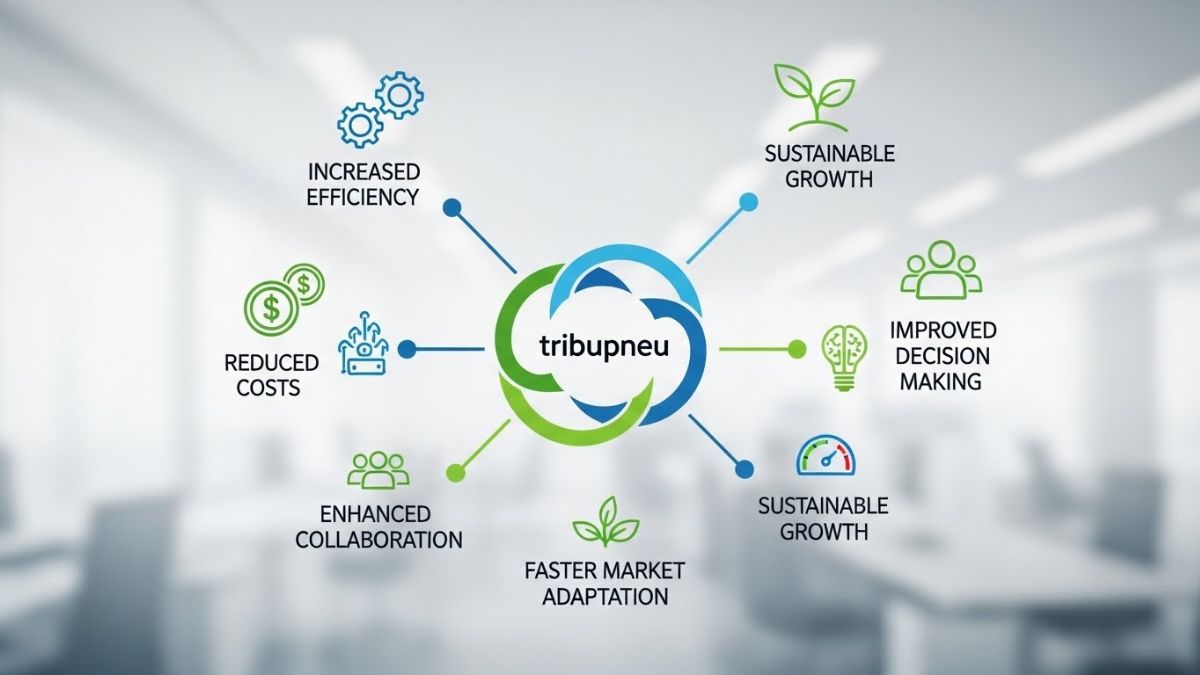Effective advertising is essential for building brand awareness, attracting customers, and driving sales. From traditional promotional items like custom patches and coasters to sophisticated online campaigns, businesses have a plethora of options to reach their target audience. However, with these opportunities come challenges that can undermine advertising efforts if not properly addressed. This article explores how business advertising works, delves into different types of promotional methods, and provides insights on how to protect these advertising investments, particularly in the face of online threats like click fraud.
The Dynamics of Business Advertising
Advertising serves as the bridge between a company and its potential customers. It’s a means of communicating the value of products or services, differentiating from competitors, and fostering customer loyalty. Effective advertising requires a deep understanding of the target audience, strategic placement, and consistent messaging.
Traditional Advertising Methods
While digital marketing has surged in recent years, traditional advertising methods remain powerful tools for businesses. Physical promotional items, in particular, offer tangible connections with customers that can leave lasting impressions.
Custom Patches: Woven Brand Identity
Custom patches are embroidered or woven badges that can be affixed to clothing, bags, hats, and other items. They serve as wearable advertisements, turning customers and employees into brand ambassadors.
- Brand Visibility: When customers wear apparel with custom patches, they showcase the brand to everyone they encounter, amplifying visibility.
- Personal Connection: Custom patches can be designed to resonate with specific audiences, incorporating elements that reflect shared values or interests.
- Durability: Unlike digital ads that disappear after a click, patches endure over time, providing ongoing promotion.
Coasters: Subtle Yet Effective Promotion
Coasters are everyday items that can be customized with a company’s logo, slogan, or artwork. They offer subtle advertising opportunities, especially in settings like bars, restaurants, and offices.
- Functional Use: Coasters serve a practical purpose, increasing the likelihood that recipients will use them regularly.
- Brand Reinforcement: Each time a coaster is used, it reinforces brand recognition in a non-intrusive manner.
- Broad Reach: Distributing coasters in public venues can expose the brand to a wide and varied audience.
Other Promotional Items
Beyond patches and coasters, businesses utilize a range of promotional products such as:
- T-shirts and Apparel: Clothing items offer high visibility and can be fashionable statements that attract attention.
- Mugs and Drinkware: Useful items that people use daily, keeping the brand top-of-mind.
- Pens and Office Supplies: Handy items that are often shared, extending the reach of the advertising.
Protecting Traditional Advertising Investments
Investing in promotional items requires careful planning to ensure they effectively promote the brand and yield a return on investment.
- Quality Matters: High-quality items reflect positively on the brand. Cheap or poorly made products can harm the company’s image.
- Targeted Distribution: Giving promotional items to the right audience increases the likelihood of engagement and brand loyalty.
- Trademark Protection: Ensuring that logos and slogans are legally protected prevents unauthorized use and maintains brand integrity.
- Measuring Impact: Tracking the effectiveness of promotional items through surveys or redemption codes can provide valuable feedback for future campaigns.
The Realm of Online Advertising
Online advertising has revolutionized the way businesses reach consumers. With the ability to target specific demographics and track engagement in real-time, digital ads offer unmatched precision and scalability.
The Mechanics of Online Advertising
- Pay-Per-Click (PPC) Ads: Advertisers pay a fee each time their ad is clicked, driving traffic to their website.
- Display Ads: Visual advertisements displayed on websites, apps, or social media platforms.
- Social Media Advertising: Promoted posts and ads on platforms like Facebook, Instagram, and Twitter.
- Search Engine Marketing (SEM): Ads that appear in search engine results, targeting users based on search queries.
The Threat of Click Fraud
While online advertising offers significant advantages, it also faces challenges, the most pernicious of which is click fraud.
What Is Click Fraud?
Click fraud occurs when individuals or automated programs (bots) click on online ads with malicious intent. The goals may vary:
- Competitor Sabotage: Competitors deplete a company’s advertising budget by generating fraudulent clicks.
- Revenue Generation: Website owners inflate clicks on ads displayed on their sites to earn more from ad networks.
- Malicious Disruption: Fraudsters aim to distort analytics, making it difficult for businesses to assess campaign effectiveness.
The Impact of Click Fraud
- Financial Losses: Businesses pay for invalid clicks, wasting advertising budgets without gaining genuine leads.
- Skewed Data: Fraudulent clicks distort performance metrics, leading to misguided marketing decisions.
- Reduced ROI: The return on advertising investment diminishes, affecting overall profitability.
Protecting Online Advertising Efforts
Combatting click fraud requires a proactive and multi-faceted approach.
Implementing Fraud Detection Tools
- Analytics Monitoring: Regularly analyze traffic patterns for anomalies, such as sudden spikes in clicks without corresponding conversions.
- IP Address Exclusion: Block IP addresses known for generating fraudulent clicks.
- Third-Party Solutions: Utilize specialized software that detects and filters out invalid traffic.
Choosing Reputable Advertising Platforms
- Trusted Networks: Partner with advertising platforms that have robust anti-fraud measures in place.
- Transparency: Demand transparency in reporting and verification from ad networks.
Setting Up Conversion Tracking
- Focus on Conversions: Track meaningful actions like sales or sign-ups rather than just clicks to assess true campaign performance.
- Adjust Bidding Strategies: Allocate budgets towards campaigns with higher conversion rates, reducing exposure to click fraud.
Legal Recourse
- Reporting Fraud: Report suspicious activity to advertising platforms for investigation.
- Pursuing Legal Action: In severe cases, consider legal action against perpetrators to deter future fraud.
Integrating Traditional and Online Advertising
A cohesive marketing strategy leverages both traditional and online advertising methods to maximize reach and engagement.
Synergy Between Offline and Online Channels
- Consistent Branding: Ensure that promotional items and online ads convey a unified brand message.
- Cross-Promotion: Use promotional items to drive traffic online, such as including QR codes or social media handles on physical products.
- Audience Engagement: Encourage customers to share photos of promotional items on social media, expanding organic reach.
Case Study: A Holistic Approach
Consider a business that produces custom coffee mugs. Their integrated advertising strategy might include:
- Custom Mugs: Distribute high-quality mugs at events, featuring a QR code that links to an online store.
- Social Media Campaign: Run a contest encouraging customers to post photos with their mugs using a specific hashtag.
- Online Ads: Use targeted online ads to reach coffee enthusiasts, promoting both the mugs and related products.
- Protecting Investments: Monitor online ad campaigns for click fraud while ensuring the mugs are of premium quality to reflect positively on the brand.
Best Practices for Protecting Advertising Investments
Whether employing traditional promotional items or digital campaigns, businesses must safeguard their advertising efforts to achieve desired outcomes.
Due Diligence in Planning
- Market Research: Understand the target audience to tailor advertising methods effectively.
- Budget Allocation: Allocate resources wisely between different advertising channels based on potential ROI.
Monitoring and Evaluation
- Key Performance Indicators (KPIs): Establish clear metrics for success, such as engagement rates, conversion rates, and customer acquisition costs.
- Regular Reviews: Periodically assess advertising efforts to identify areas for improvement.
Adherence to Legal and Ethical Standards
- Compliance: Ensure all advertising materials comply with relevant laws and regulations.
- Transparency: Maintain honesty in advertising messages to build trust with consumers.
Staying Informed
- Industry Trends: Keep abreast of new advertising methods and threats, such as emerging forms of click fraud.
- Technology Updates: Leverage the latest tools and platforms that offer enhanced protection and analytics.
Conclusion
Effective advertising is a critical component of business success, bridging the gap between products and consumers. By utilizing a mix of traditional promotional items like custom patches and coasters alongside strategic online advertising, businesses can maximize their reach and impact. However, the rise of challenges such as click fraud necessitates vigilant protection of advertising investments. By implementing robust protective measures, conducting regular evaluations, and staying informed about industry developments, businesses can safeguard their advertising efforts and ensure sustained growth in an increasingly competitive marketplace.











